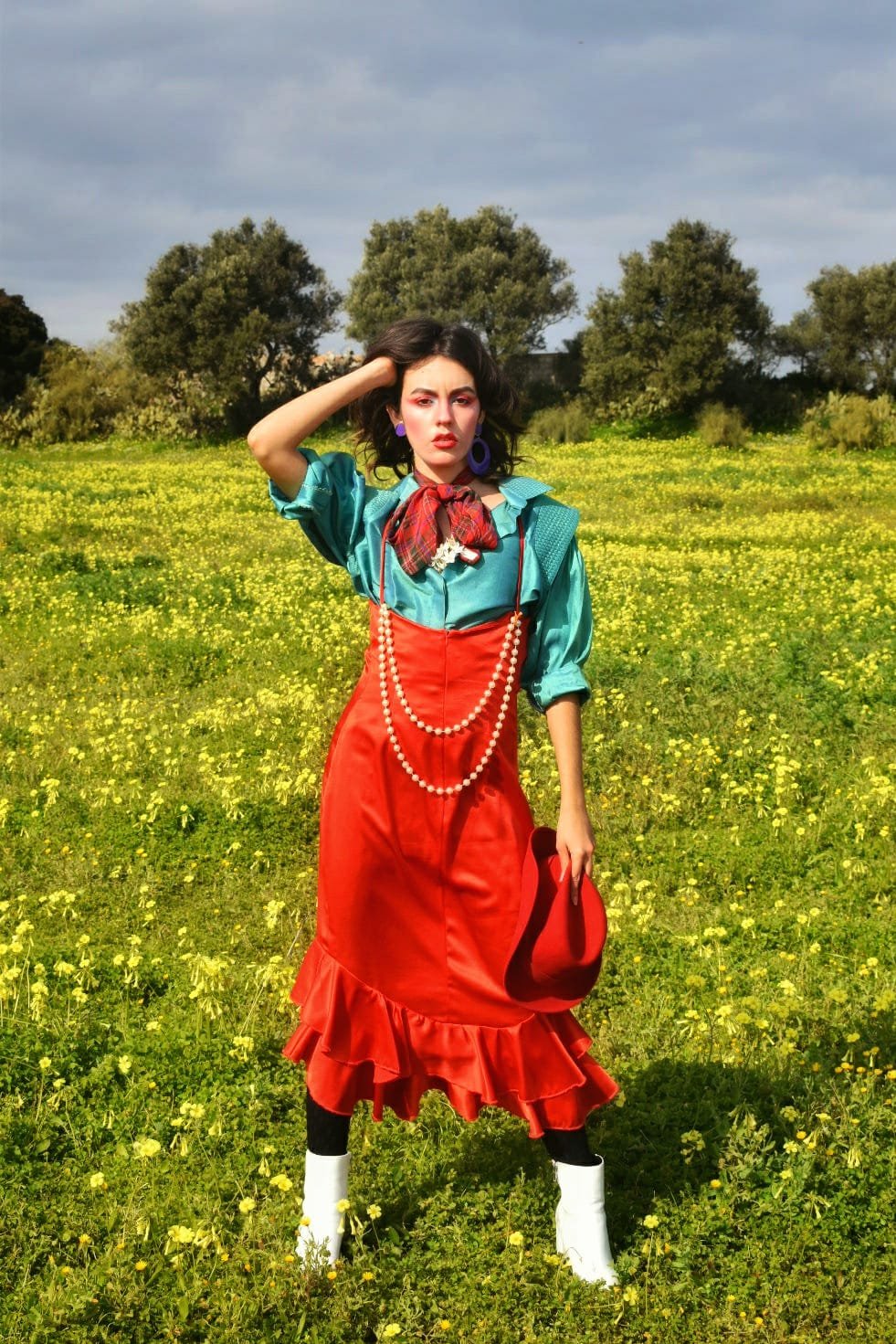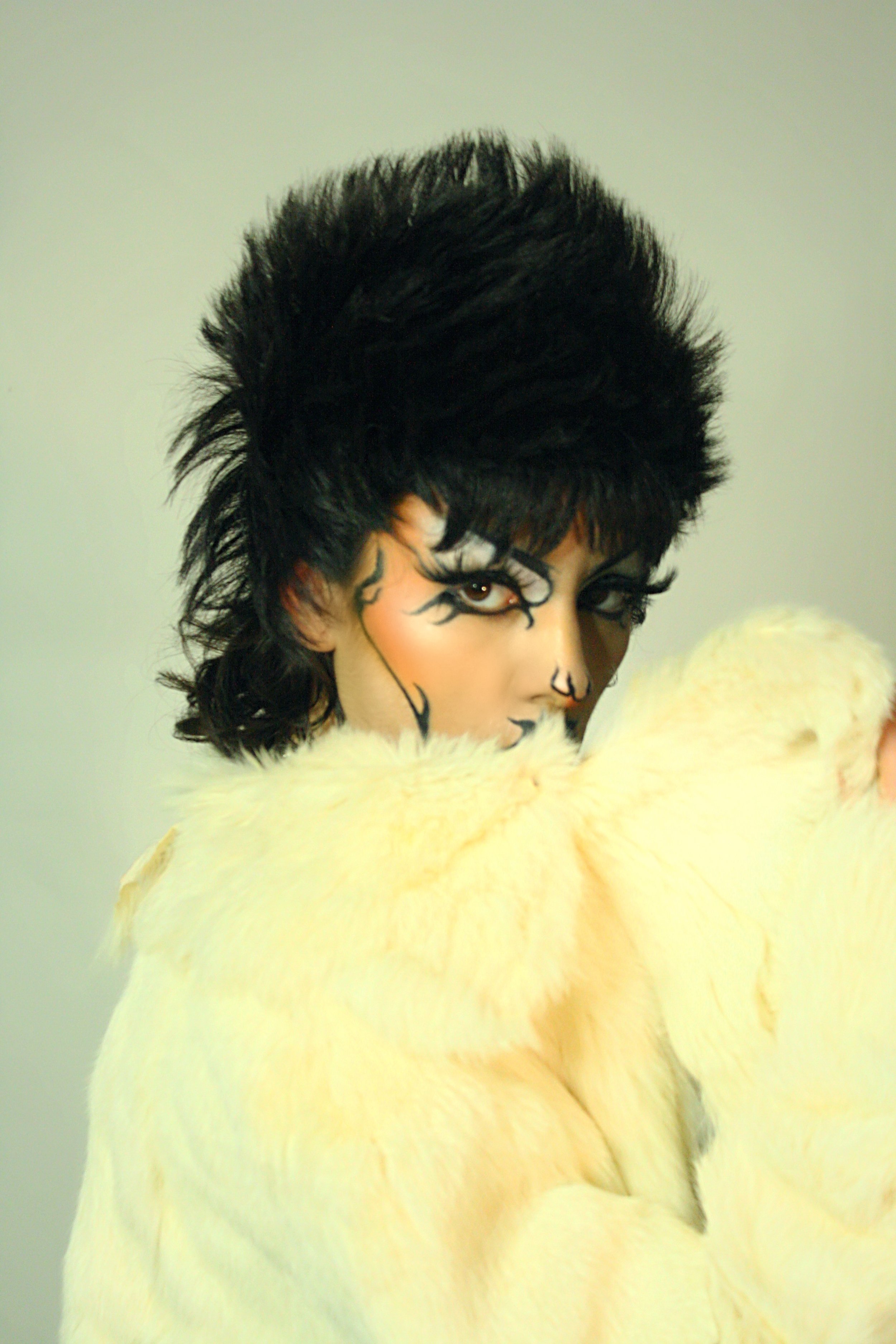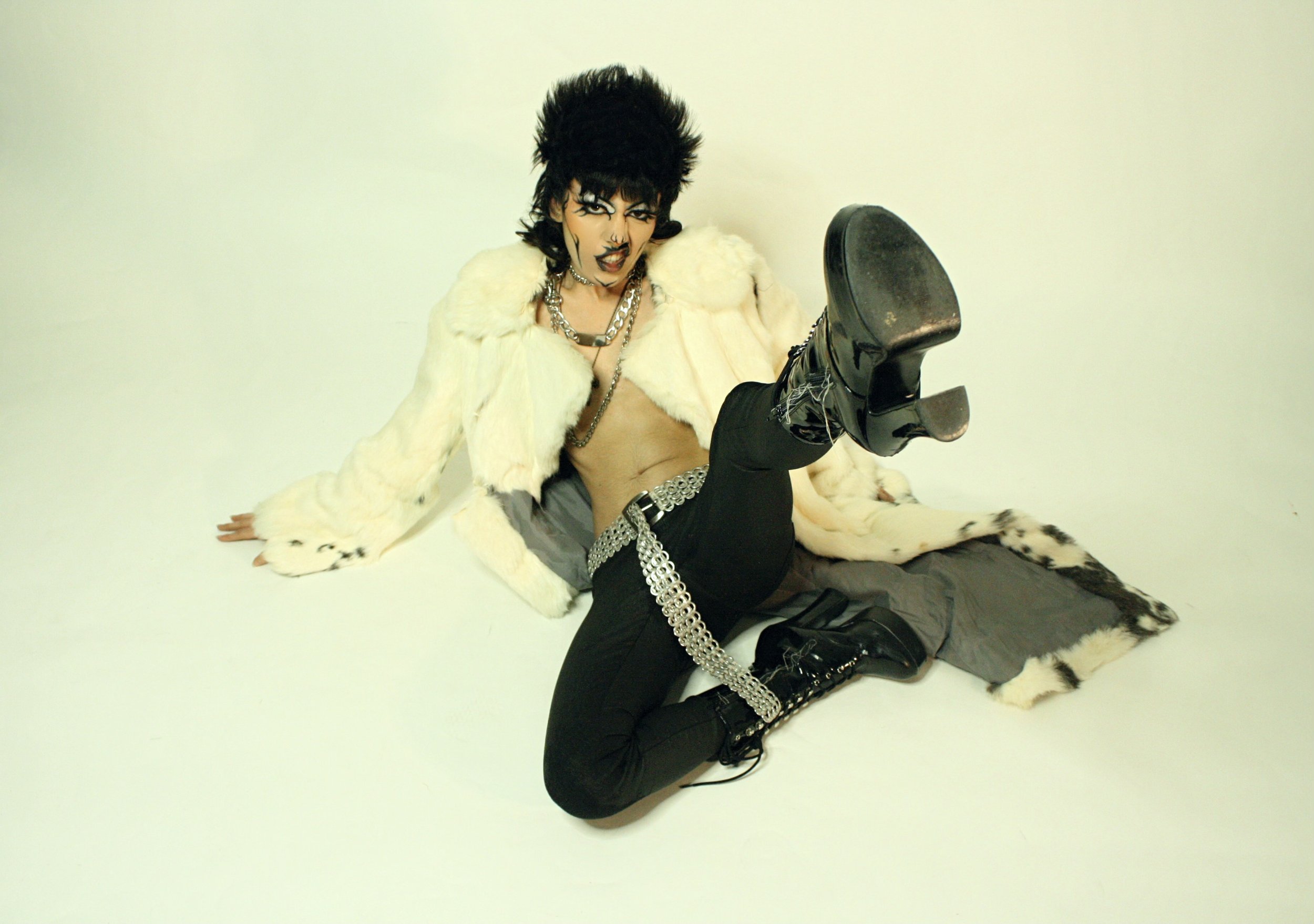Martyrio
‘I was born in Cadiz. I'm a trans man. I am also a drag queen, a stylist, and a model. I was raised in Andalucia and studied Comparative literature and Graphic Design in Granada. Since then, moved to Italy, the UK, and finally Belgium. Mostly to be able to maintain myself, it's easier to find a job in these countries. Most of my adult life has been about finding a balance between my artistic endeavors while being able to be economically independent while going through a gender transition in a foreign country.’
Picture by @_vasant_
What inspires your work and what is your creative process?
‘What inspires my work is the things that make the hair of the back of my neck stand up. On one side my roots, with Andalusian folklore, flamenco and spanish pop culture on the other side, cinema, mostly Almodovar, horror, vampire films, literary and mythological creatures.’
‘I start my performances with an image, a scene in the performance that I find striking or beautiful, from there I start forming a story around it. I decide what It must look like and then how it sounds. I usually create my own mixes to add clip sounds from movies or anything that would be necessary to add. And finally rehearsing, rehearsing and rehearsing.’
What about Drag and performing as a medium speaks to you? How did you get your start in it?
‘What I enjoy about drag as a medium is its collage nature. I always had way too many interests and not enough attention span for any of them. Drag is the sewing drawer for all of them. Where I happily married my love for styling and clothes with my cinema obsessions with make up with dancing, and so on. And most importantly, I like that it doesn’t take itself too seriously, it’s silly, it’s cringe and it’s personal.’
‘I think like a lot of drag queens who are thinking of starting to do drag, I went to see shows, I got inspired by the good ones but most importantly by the bad ones, when you tell yourself “oh I could do that”. but realistically not better for a while.’
Are there any recurring themes/issues you like to address within your work?
‘If I had any issue within my work It’s that I get put in a box a lot. I felt as a trans man doing drag a lot of people try to decide for me what’s my drag, that I must be doing drag king or something androgynous. I felt held to a different standard. Some shows are for the “girls” mostly cis men or cis passing drag queens and then you have the gigs that the trans girls, trans men, and non-binary people get. And you have to sell yourself in a very specific way to be popular in that sense, you have to be “the” trans drag performer. And then I have my second box, where my work is mostly in Spanish. Sometimes I will get a call to fill a quota for a cast, so they have something that’s not in English or a classic pop lipsync. A big part of my drag is to show a very intimate part of me so people can understand why I care so much about where I am from and about the art that comes from there, not to make it into a tourist commodity, to sell it to be exotified. I came to Belgium in part because it’s really hard to earn any kind of living performing in Spain. I hope it’s clear that I don’t do drag because of money, nobody does, it’s a money pit. But drag is very expensive and you do need to recover some money at least. But now I’m stuck sometimes performing for audiences that don’t understand my references and my work and organizers that are looking to book me to sell an idea of who I am. But I will also say Belgium has provided me with opportunities I could have never gotten in Spain. It’s just a lot of mixed feelings.’




Did you have any queer role models? (if so, who?)
‘I grew up in a considerably conservative family, so growing up not that many. I don’t think I had a clear idea of what a trans person was until I was sixteen and even then. But Bowie was a huge influence, Labyrinth is the first movie I can remember watching, that left a big impact on me. From there, glam rockers were a big inspiration, where my love for seventies boots came from. I was also very obsessed with vampires and creatures growing up as one does. But as an adult, I did a four-part show about an introduction to queer Andalusian figures that inspire me today like Miguel de Molina, Lorca, and La Veneno, with this show I wanted to close the gap between the Belgians that would come to my show and me, these figures are very well known in Spain so it’s a good place to start, and make queer history a bit less Anglo-Saxon, while still being icons that I care immensely about.’
How can drag and other queer artists/individuals be more supportive of each other?
‘I think that while our queerness is what connects us, it would be refreshing to see past our specific labels. Our queerness is intrinsically jointed to our art but it’s not all we are, I think as a trans person I look forward to being seen as a multifaceted artist and person as a cis person’s art can be.’
What advice would you have to queer artists beginning their journeys?
‘Don’t get distracted by what other people are doing. Have fun and don’t take yourself too seriously.’








